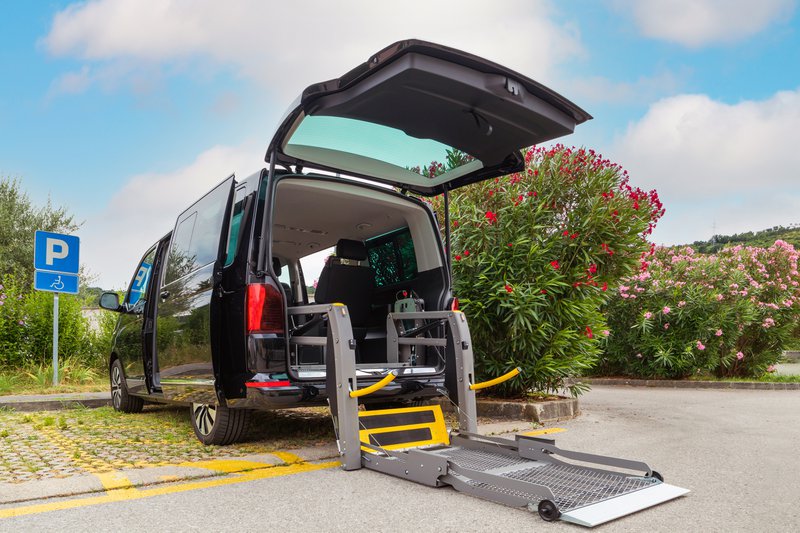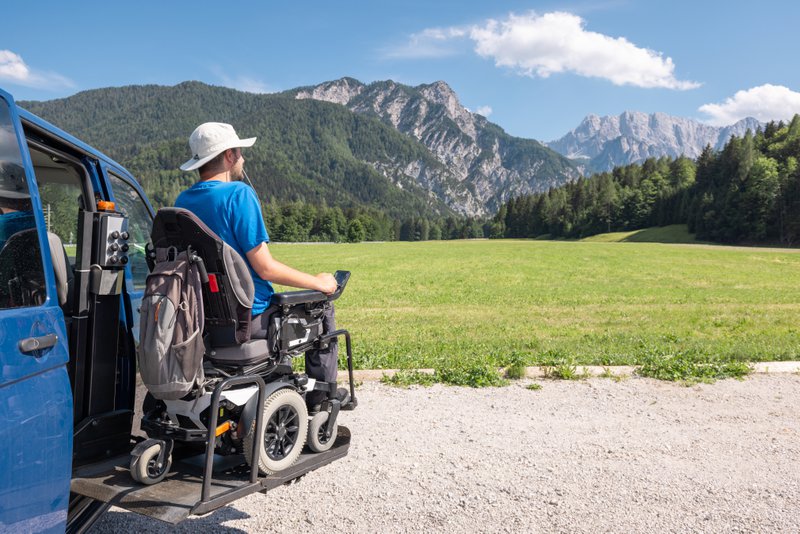
How to Safely Transport Medical Equipment
Safe transport of medical equipment ensures users can maintain independence, manage health, and stay connected with their routines. Careful planning and proper handling prevent damage to complex devices like wheelchairs, hospital beds, and lift chairs. Attention to secure mounting, weight distribution, and protective measures guarantees safe transit. Thoughtful transport strategies support seamless mobility inside and outside the home.
Evaluating vehicle type, equipment size, and intended travel frequency forms the foundation of safe transportation. Each trip, whether to appointments, social visits, or temporary stays, requires a tailored approach. Professional guidance from home medical equipment specialists ensures proper fit and secure installation. Structured preparation minimizes risk and maximizes comfort during transit.
Vehicle Selection and Medical Equipment Compatibility
Choosing the right vehicle is crucial for safe medical equipment transport, especially for bulky items like power wheelchairs or lift chairs. SUVs, minivans, and accessible vans with sufficient interior height and floor strength serve best. Hitch-mounted lifts or ramps can assist with loading without manual lifting. Vehicles may require modifications such as reinforced flooring or tie-down installation for safe, securement.
Measuring interior dimensions ensures the equipment fits without obstruction or excess movement. Platform lifts require clear rear access and sufficient cargo space. SUV rear seats may be folded for wheelchair storage, but must still allow secure anchoring. Careful selection and pre-measurement prevent transportation challenges.

Roof carriers or external trailers may support lighter items such as folding walkers or oxygen tanks. Weight limits and aerodynamic impact need to be evaluated. Weatherproof carriers with proper ventilation protect equipment integrity during road travel. Choosing a compatible carrier supports safer, longer journeys.
Consulting with equipment providers allows advice on ideal vehicle types and mounting systems. Professional recommendations prevent misuse and unintentional damage during transit. Confirming compatibility reduces the chances of recalls or safety issues after installation. Knowledge and care maintain both equipment functionality and personal safety.
Secure Mounting Techniques for Medical Equipment
Proper secure mounting preserves safety when transporting medical equipment inside a vehicle. Wheelchair tie-down systems using straps and locking brackets prevent unexpected movement. Consult operator manuals for weight distribution guidelines and securement points. Equipment should be immobilized at both the front and back to avoid tipping.
Lift chairs, scooters, and benches should be secured with heavy-duty ratchet straps or anchor points. Wrapping padded blankets around upholstery protects against damage. Even small vibrations can wear out electronics or mechanical parts if not properly stabilized. Combining strapping and padding decreases stress during transit.
Color-coded or labelled straps avoid improper use and simplify securing routines. Anchor points should be rated for the specific equipment load. Specialized anchoring systems include wheel chocks or cradle-style trays for wheelchairs. Properly secured equipment reduces injury risks during sudden stops or highway driving.
Inspecting tie-downs before each trip prevents slippage or strap failure. Frayed straps or loose anchor bolts should be replaced promptly. Checking for movement during a test drive helps identify weak points. Rigorous securement guards both equipment and occupants.
Vehicle Lifts and Ramp Safety
Vehicle lifts and ramps offer safer transport options for large medical equipment without requiring manual lifting. Hitch-mounted lifts can handle scooters or power chairs, keeping them out of the interior cargo area. Ramps provide a low-angle approach and can fold or stow conveniently. Choosing the right lifting method depends on equipment weight and user ability.
Mechanical arms and powered lifts must be regularly lubricated and tested for smooth operation. Operators should be trained in weight limits, emergency stop procedures, and proper balance. Ramps must be properly angled and secured during loading. Meticulous ramp use enhances safety when boarding or unloading large items.
Platform lifts come with adjustable height and protective sides to prevent rolling during movement. Foldable platforms may be stored in the vehicle after use for protection. Battery-powered lifts continue working during electrical outages if batteries are charged. Consistent maintenance keeps lifts ready for daily use.
Training on lift use and securing vehicles properly empowers caregivers and users alike. Safety checks during each use help prevent accidents. Lifts should comply with manufacturer specifications to remain safe and effective. Well-maintained vehicle lifts support independence and transportation confidence.
Disassembly and Compact Packing for Travel
Breaking down complex medical equipment into smaller components can simplify transport and reduce risk. Hospital beds often divide into head, foot, and side rail sections for easier handling. Wheelchairs may detach footrests, armrests, or backs to fit tighter spaces. Knowing which parts to remove prevents damage and streamlines loading.
Placing smaller pieces into padded carry bags or boxes protects surfaces and electronics. Secure packaging stops unsecured parts from shifting and causing damage or noise. Compact packing techniques save space and make it easier to carry supplies like cushions or power cords. Organized breakdown maintains equipment readiness.

Reassembly after arrival should be done using tool kits and instructions that are carried with the equipment. Quick-connect mechanisms or tool-free adjustments speed up setup and reduce errors. Testing functions like reclining, lifting, or electronics helps identify issues early. Thorough reassembly ensures safe operation upon arrival.
Regular practice in disassembly, packing, and reassembly increases efficiency. Procedures should be documented for caregivers or backup users. Familiarity helps during unexpected travel or relocations. Proper packing and unpacking protect your investment and preserve the function.
Maintenance Checks For Medical Equipment Before and After Transport
Routine inspection of medical equipment before and after transport ensures it remains safe and dependable. Wheels, brakes, and axles should be free of debris and lubricated for smooth travel. Electrical connectors, power cables, and controls need a secure connection before operation. Pre-trip checks prevent functional failures during transit.
Post-trip inspection includes visual checks for scratches, loose screws, or bent frames; transport can loosen fasteners. Electronics may require recalibration after jolting or vibration. Cleaning upholstery and sanitizing handles contributes to hygiene and user comfort. Prompt servicing prevents wear and safeguards long-term functionality.
Software or firmware updates should be performed following the provider’s guidance. Monitor batteries regularly, keep them charged, and inspect electrolytes if applicable. Maintenance records document wear and warranty coverage. Diligent care systems reduce unexpected breakdowns and maintain value.
Simple checklists support families and caregivers in staying organized. Training users to report damage or issues keeps teams informed. Ongoing oversight protects both equipment and interpersonal safety. Maintenance systems sustain smooth, reliable transportation over time.
Practical Support for Confident Transportation
Correct transport of medical equipment ensures safety, longevity, and seamless daily living for users and caregivers. When vehicles, secure mounting, lifts, packing, and maintenance are used properly, travel becomes safe and stress-free. Combining careful handling with expert training supports independence on the go. For frequent transports, professional assessments offer peace of mind.
Schedule an in-home evaluation for tailored advice on transporting wheelchairs, lift chairs, hospital beds, and more. Our mobility specialists guide you through vehicle selection, secure fitting, and ongoing support. Access reliable, professionally supported transport solutions for your medical equipment today.

